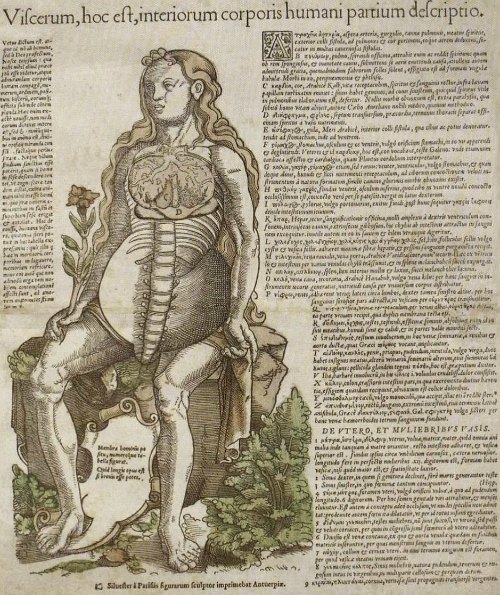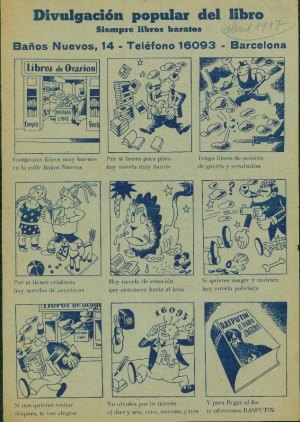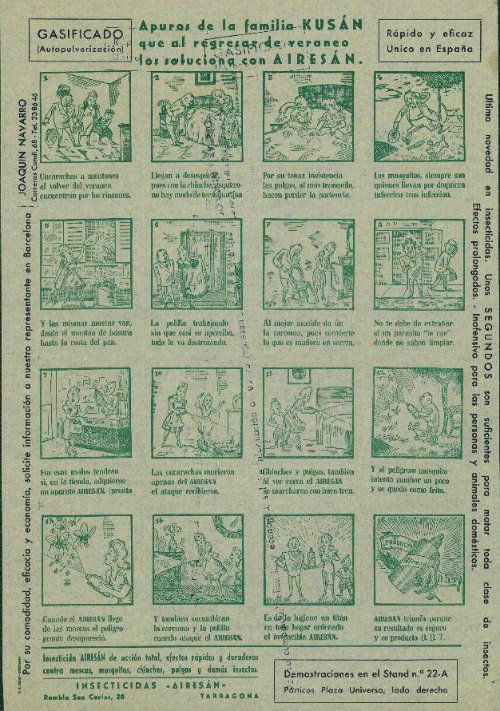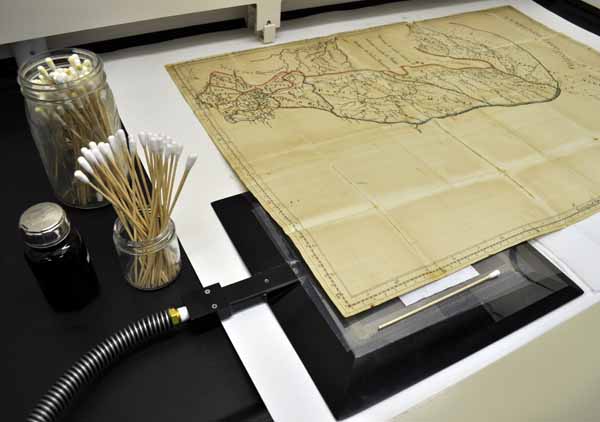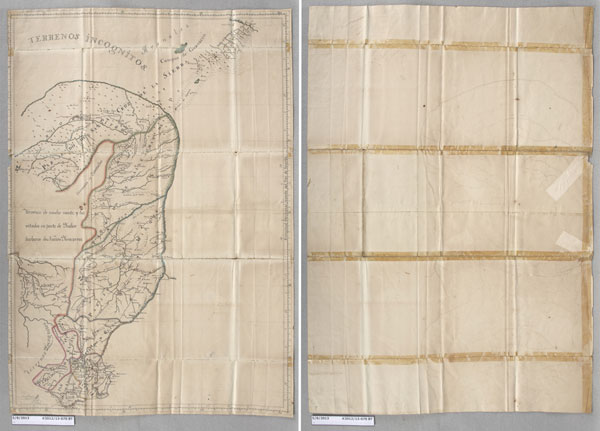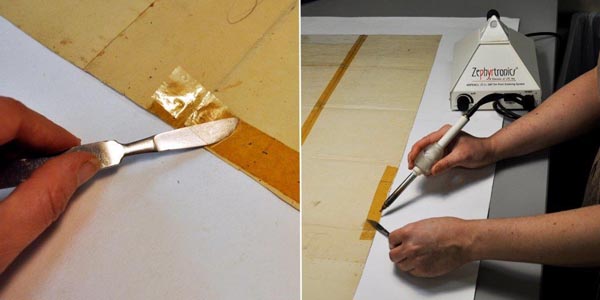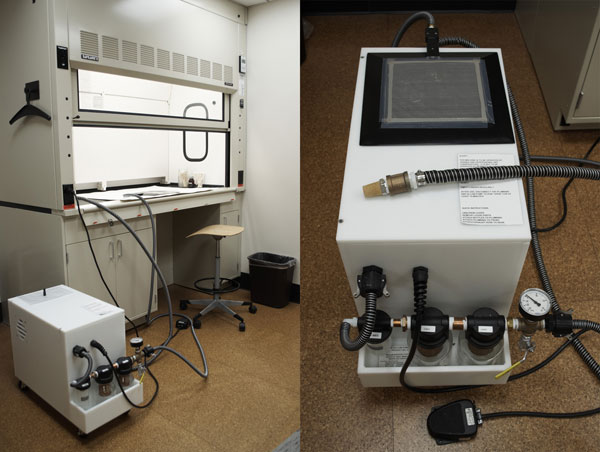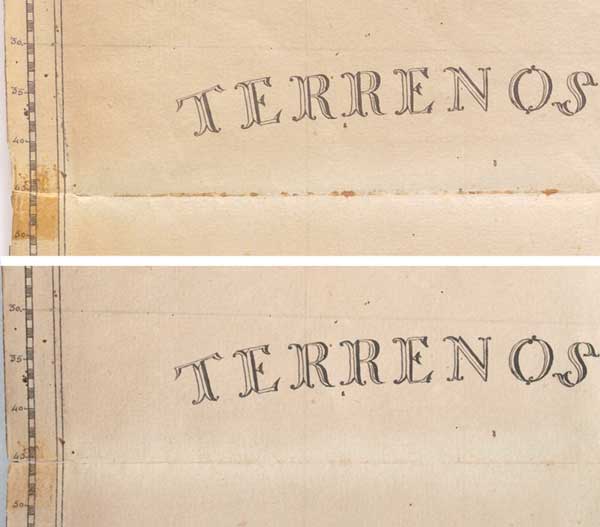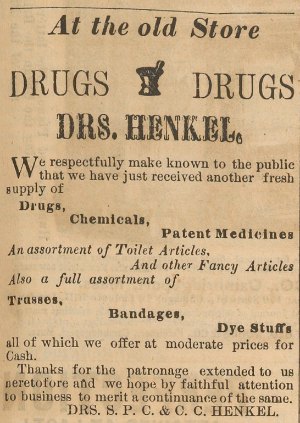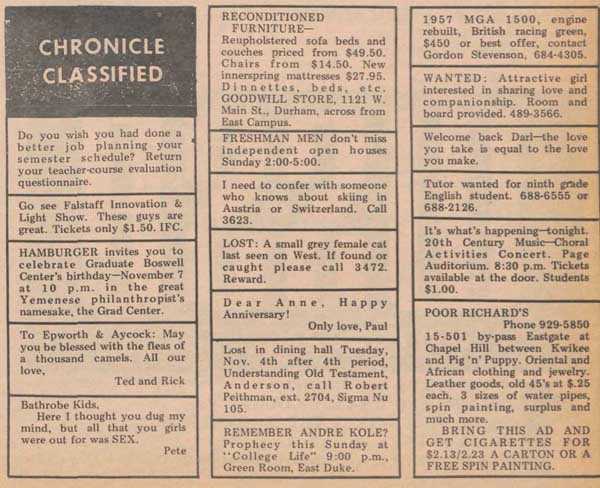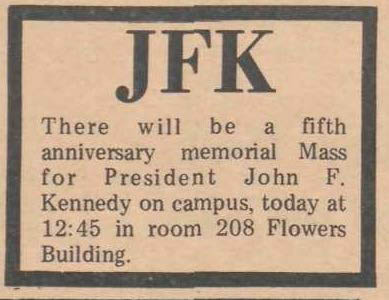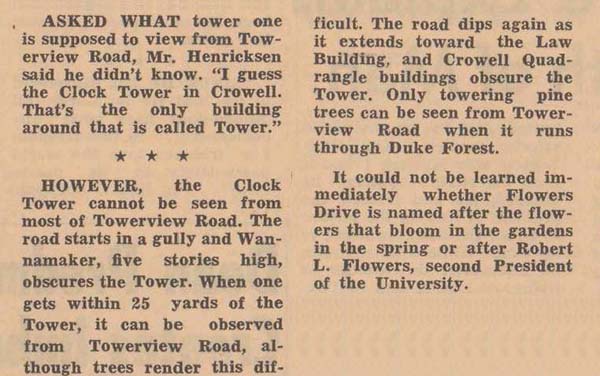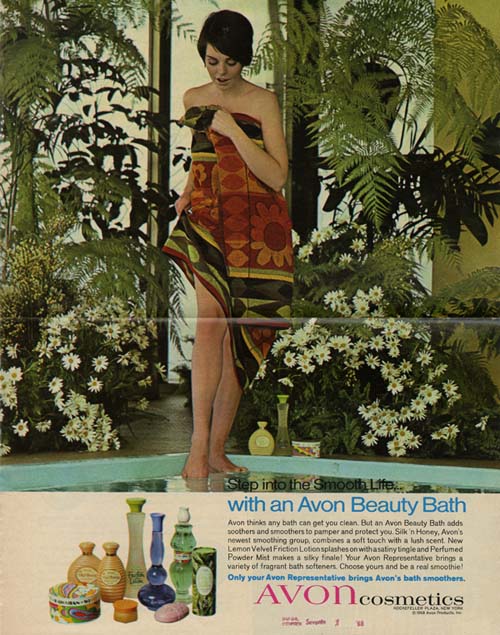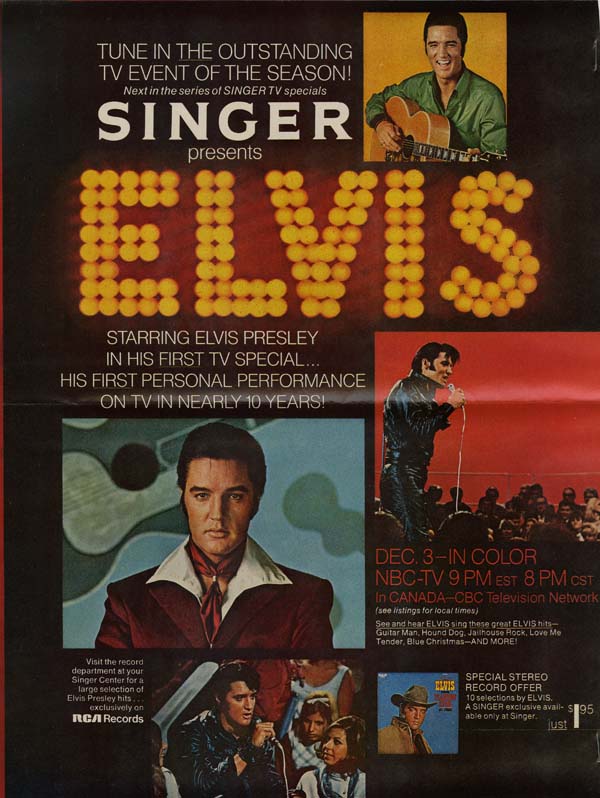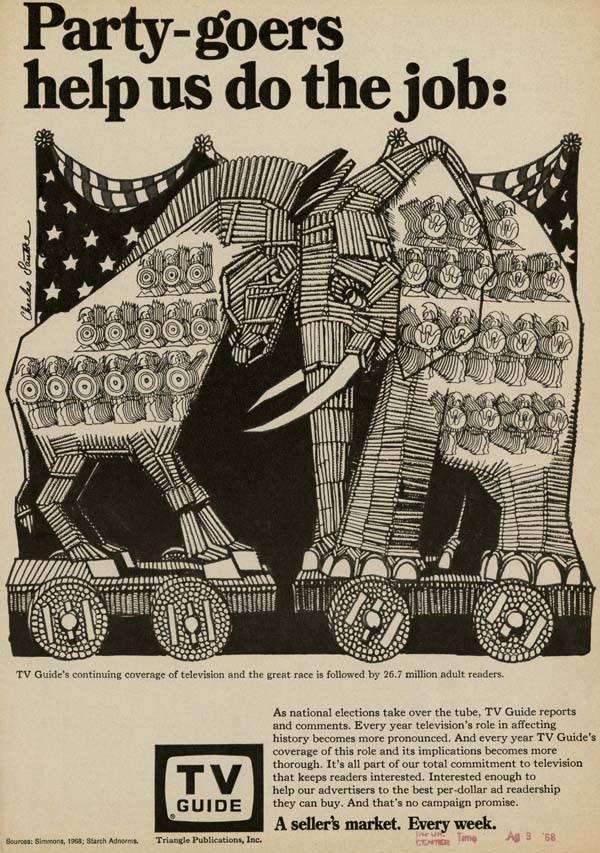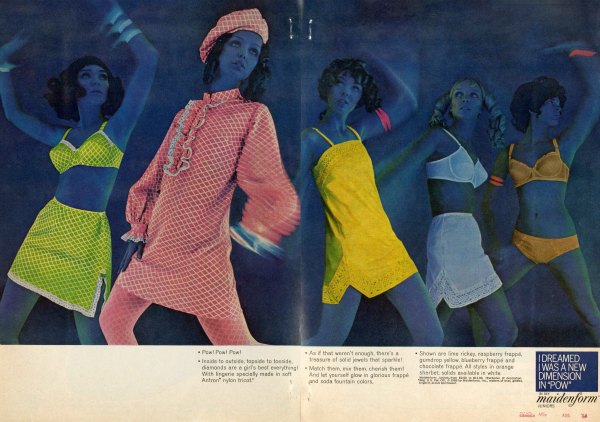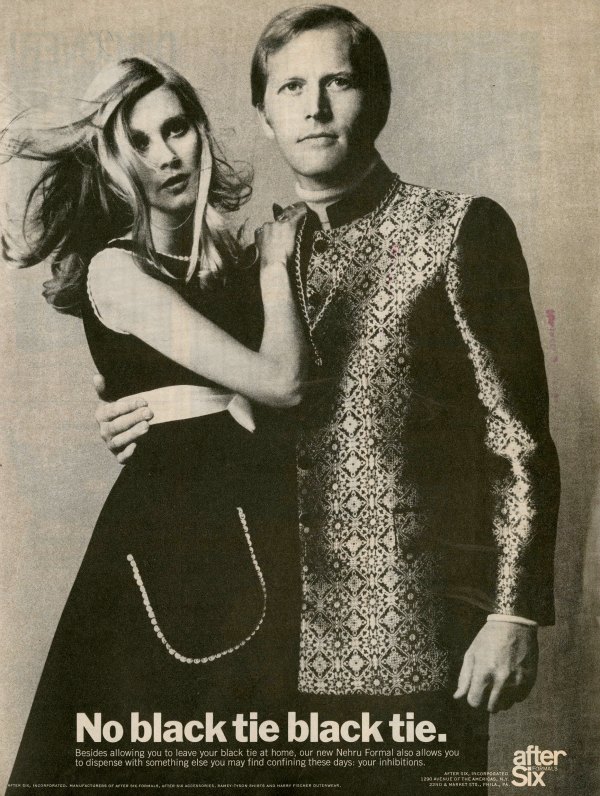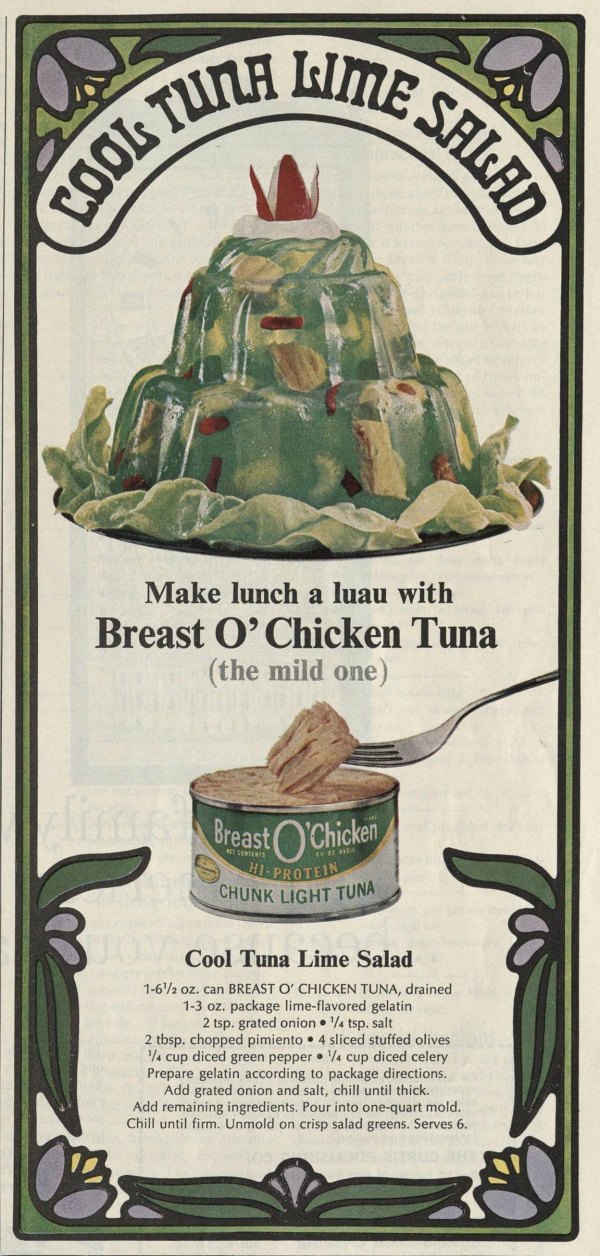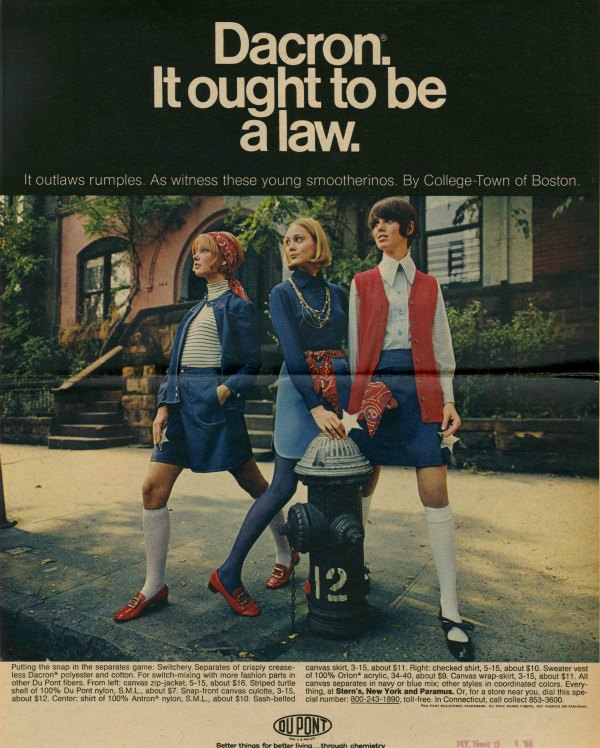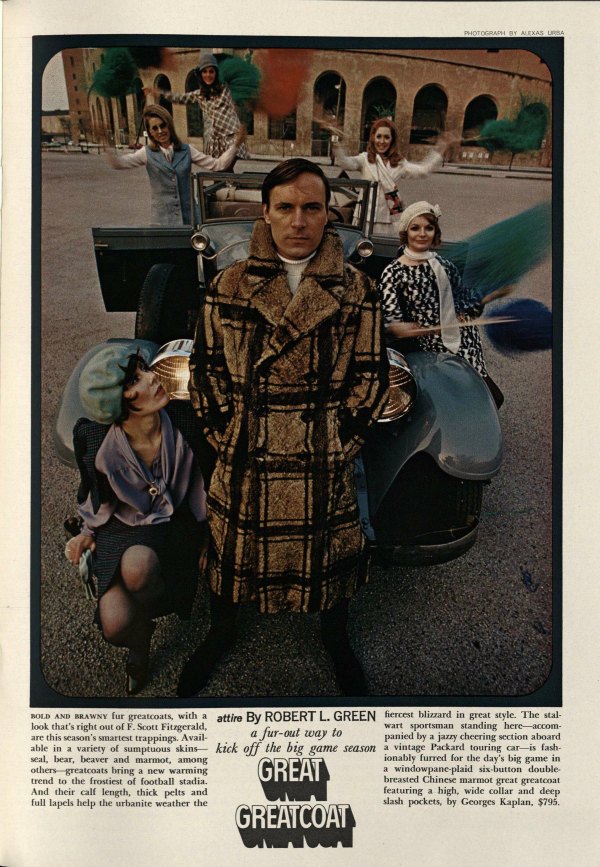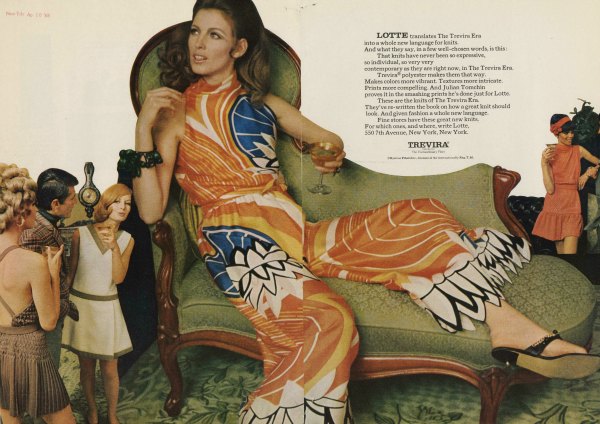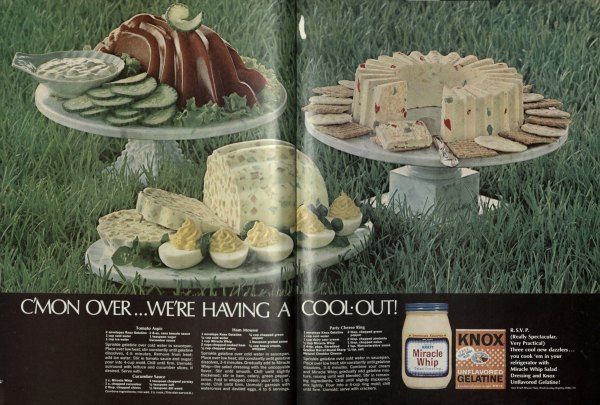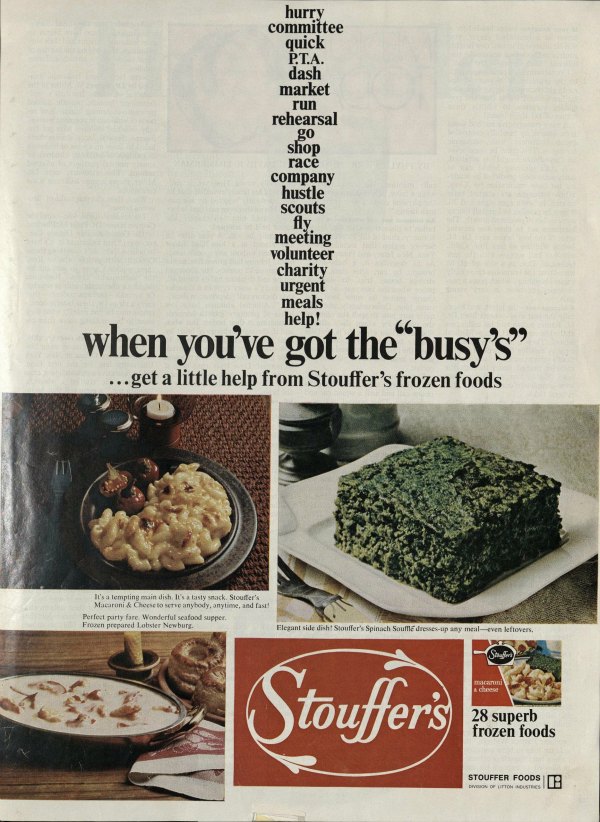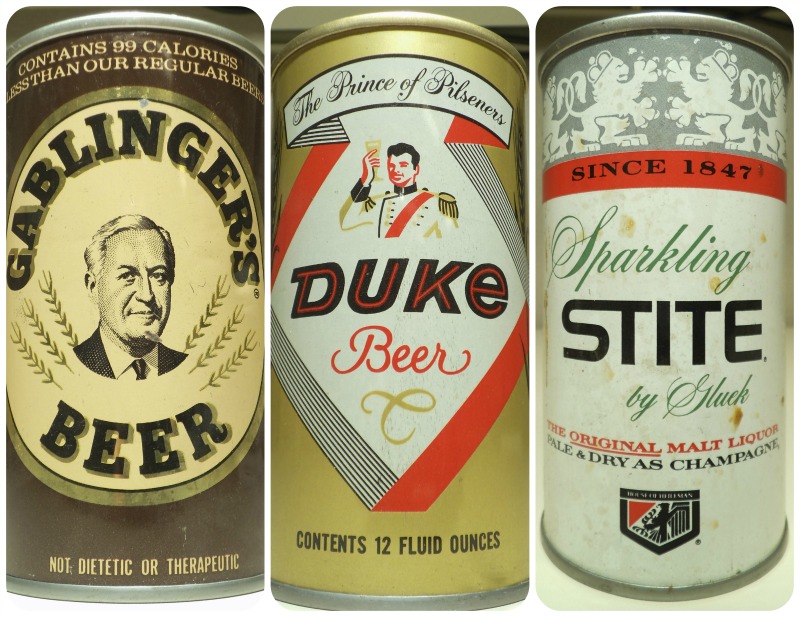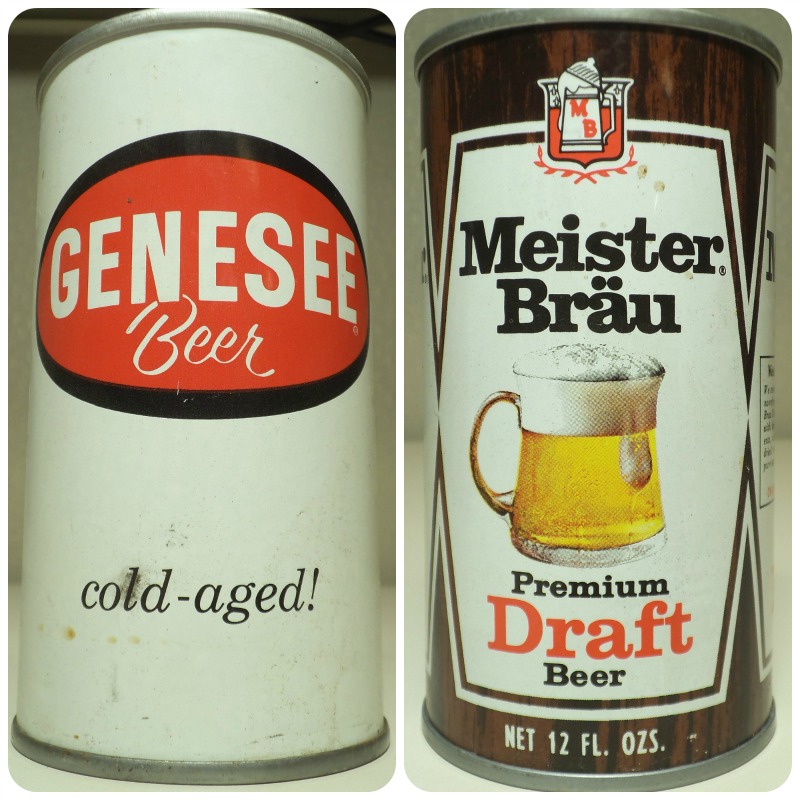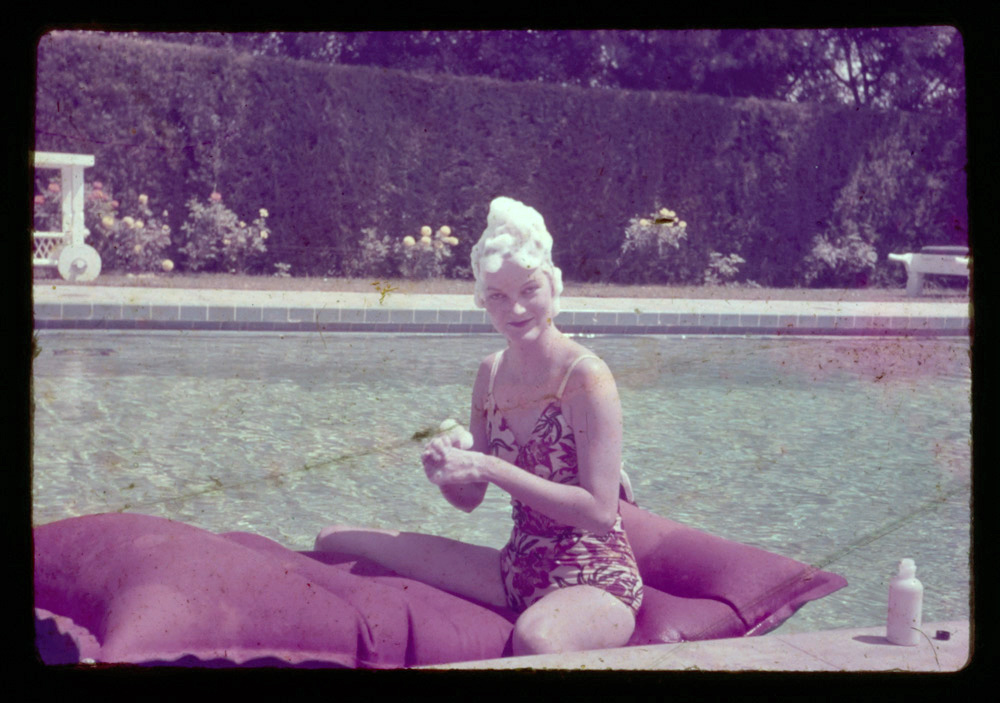In June and July we’re celebrating the beginning of a new fiscal year by highlighting new acquisitions from the past year. All of these amazing resources will be available for today’s scholars, and for future generations of researchers in the Rubenstein Library! Today’s post features a new collection in the Library’s History of Medicine Collections. Check out additional posts in the series here.
The History of Medicine Collections has acquired two anatomical fugitive sheets, elevating our holdings to now include ten of these magnificent items. Anatomical fugitive sheets are single sheets, similar to broadsides, that are printed on one side. Illustrations of the human body accompany text that was written in Latin, and later in the vernacular. Dating from the sixteenth century, this pair of fugitive sheets, titled Viscerum hoc Est Interiorum Corporis Humani Partium Descriptio and published in Antwerp in the sixteenth century, includes hand colored illustrations with accompanying text in Latin.
Besides being incredibly rare—these are the only known copies of these sheets—the sheets are noteworthy for many reasons, including the depiction of the human body using three-dimensional flaps that lift to reveal internal organs, as the title suggests. This particular pair of fugitive sheets has lost most of its flaps. While the male figure only retains a fragment of one flap, the female figure retains one full flap of the inner organs in entirety. Such loss is common since most of these fugitive sheets date to the sixteenth and seventeenth centuries and were printed as single sheets.
Theories abound as to who would own such items. Were they created for physicians, barber surgeons, or the lay person wanting to know more about the human body? Were they hung in apothecaries, medical university classrooms, or the gentleman’s library? Any sheets that remain today are incredibly rare and worthy of study and analysis. These appeal not only to the medical student who wants to see what inaccuracies exist, but to those interested in the history of science, printing history, and art history.
Post contributed by Rachel Ingold, Curator, History of Medicine Collections.


